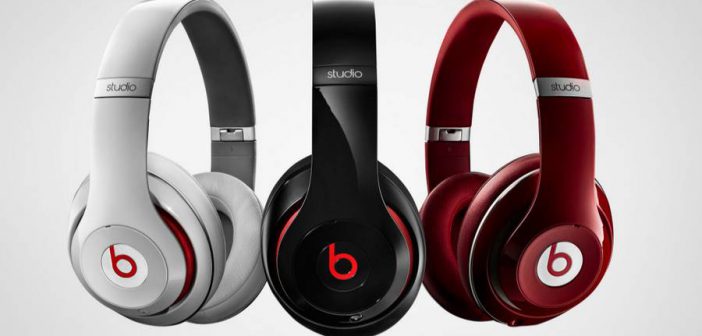It all began with the insight that a whole generation were not tuned into great sound because of the proliferation of tinny earbuds and laptop speakers. What followed was a headphone revolution, as founders Jimmy Lovine and Dr Dre seized the opportunity to address this segment with their high-end Beats brand.
By the time of its $3.2BN sale (Apple‘s largest ever acquisition) in May 2014, Beats had an incredible 62% share of a $1BN market for headphones priced over $100. From a standing start in 2008, it has created a luxury headphone market with mainstream appeal, previously restricted to audiophiles.
But it’s not without detractors. Haters say the product is inferior to established rivals. Apple has been accused of only buying the business in an all-too public admission that the future of music is not in iTunes downloads and that they had lost touch with the youth market. Beats are now so ubiquitous as to be worn by middle-aged executives as they amble through the business lounge.
So how has Beats established itself so quickly? The underlying success factors are a rather familiar marketing formula:
Authenticity: Beats knows what it stands for and has a clarity of purpose. As Omar Johnson VP of Marketing says Beats is built on “a relentless passion to tell the truth even if unsavoury or uncomfortable for people who don’t want to hear it”.
Focus: A key brand pillar is culture – spanning sport, music, fashion and art – aiming to create conversation around these topics. This has built a powerful emotional connection with a youth target
Iconic branding: The logo, the big cans, the colours, the Pill speakers, all got Beats‘ customers to do the marketing for them.
Celebrity: Beats may or may not pay for celebrity endorsement, but getting the right people to use the product has always been at the heart of the strategy – (see Olympics 2012 for details). And when approaching celebs, it helps a little bit that the founders are 2 of the most connected and influential people in music on the planet.
With this in mind the “real-time content production” model described by the client/agency team is just executional froth. It’s no surprise there were no ‘static’ traditional briefs; when you have such clarity and focus a conversation leads to idea generation. With such luminary founders as clients/creative directors this is the only way to work.
The creative work has a swagger built on the brand‘s self-confidence. Maybe some of the campaigns feel like direct descendants of Nike – the overblown, sprawling World Cup epic that is ‘The Game Before The Game’ and the redemption of bad boy Kevin Garnett in Hear What You Want. But then Beatpills is fresh, disruptive and wholly unlike any speaker ad you’ve ever seen.
The Beats by Dre story is a testament to the power of marketing to create value. Self-confidence, iconic branding, celebrity endorsement and a cool, urban youth target have created a global phenomenon. It may be Old School but it works.
This article first appeared in www.warc.com




